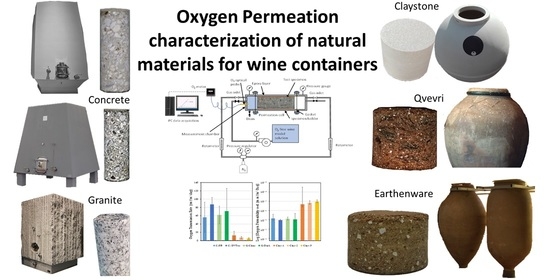The cone, the sphere, the ellipsoid, the tulip, the truncated pyramid – wine vats come in a bewildering array of shapes these days, but none has made as much of an impact on the 21st-century wine world as the egg. The advantages of the egg-shaped vessel are several. As carbon dioxide rises through the must during fermentation, the ovoid shape creates a convection current – like a natural pump-over – which facilitates homogeneity of the must and uniform fermentations.
If the wine remains in the egg for maturation, that current continues. Werner Michlits of Meinklang in Austria explains that as heavier molecules in the wine polymerise, they sink to the bottom of the vessel and push lighter ones upwards. This creates a continuous battonage, increasing lees contact and enhancing the wine’s texture. Benefiting from the flavour neutrality and micro-oxygenating properties of the materials they are made of (concrete, clay, high-vitrification ceramics), eggs also promote fruit purity and aromatics. https://imbibe.com/news/its-all-ova-now-the-rise-of-egg-fermenters/
While concrete is by far the most common material for egg-shaped wine vessels, it’s not the only one. In 2012 an American company, Flextank, launched the first egg-shaped vessels made from durable oxygen-permeable polyethylene. They’re relatively cheap – the Orion 20hl egg tank costs $2,525 (£2,014), compared to a Nomblot 17hl egg that costs €6,100 (£5,515). Recyclable and easy to clean, Flextanks are built to last up to 20 years – that’s more than double the life of oak barrels.
They also come in heavyweight and lightweight options, which, the manufacturer says, simulate the micro-oxygenation processes of neutral and two-year-old oak barrels, respectively. Slovakian producer Slobodne has reported early positive results from its two Flextanks, which have joined its handsome collection of qvevris and tinajas. If you’re a winery with money to burn, you can also invest in the Rolls-Royce of egg-shaped vats – the Taransaud Ovum.
Launched in 2010, this 20hl vessel is priced at €45,000 (£38,984) and has been snapped up by wineries across the world, including Domaine de Chevalier in Bordeaux, Drappier in Champagne, Biblia Chora in Northern Greece and Tony Bish Wines in Napier, New Zealand. When it comes to wine quality, however, the Taransaud Ovum may not be the last word. The best material for ovoid containers, according to Australian master craftsman Philip Sedgman, is ceramic. Sedgman is an expert in flowform structures – water-flow devices associated with biodynamics. His elegant 675l Magnum 675 ceramic egg, priced at AUD$6,750 (£3,882), was inspired by the ‘Natural Selection Theory’ group of winemakers: Tom Shobbrook, James Erskine, Sam Hughes and Anton Von Klopper.

